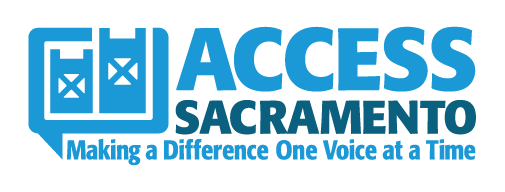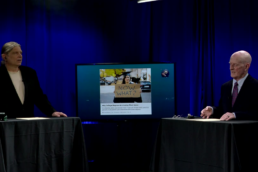Part 1: The Unique Value of Public Access TV in a Digital World
In today’s digital age, where platforms like YouTube, TikTok, and Instagram dominate the media landscape, it’s easy to overlook the humble origins and unique value of Public Access TV. However, these local television stations remain a vital part of our communities, offering something that commercial platforms cannot: a dedicated space for local voices, stories, and issues. In this series, we’ll explore why Public Access TV and Public Media Centers are indispensable, especially in our current political climate.
Public Access TV has a rich history rooted in the principles of free speech and community involvement. Established in the 1970s, these stations were designed to provide a platform for local residents to produce and broadcast their own content, free from commercial or governmental influence. Unlike YouTube or TikTok, where content is often driven by algorithms and advertising revenue, Public Access TV prioritizes community relevance and accessibility.
One of the key differences between Public Access TV and commercial platforms is the focus on local content. Public Access stations are deeply embedded in their communities, offering programming that addresses local issues, events, and interests. This hyper-local focus ensures that the voices of ordinary citizens are heard, fostering a sense of community and engagement that is often missing from larger, commercial platforms.
Public Access TV also democratizes media production. These stations provide the training, equipment, and support necessary for anyone in the community to create their own television programs. This inclusivity empowers individuals who might not otherwise have the means to produce and share their content, promoting diversity and representation in media.
In a world where media is increasingly controlled by a few large corporations, Public Access TV stands out as a bastion of free speech, local representation, and community engagement. As we delve deeper into this series, we’ll explore the critical role that Public Media Centers play in our democracy and the challenges they face in the current political climate.
Stay tuned for our next installment: “The Role of Public Media Centers in Our Democracy.”




